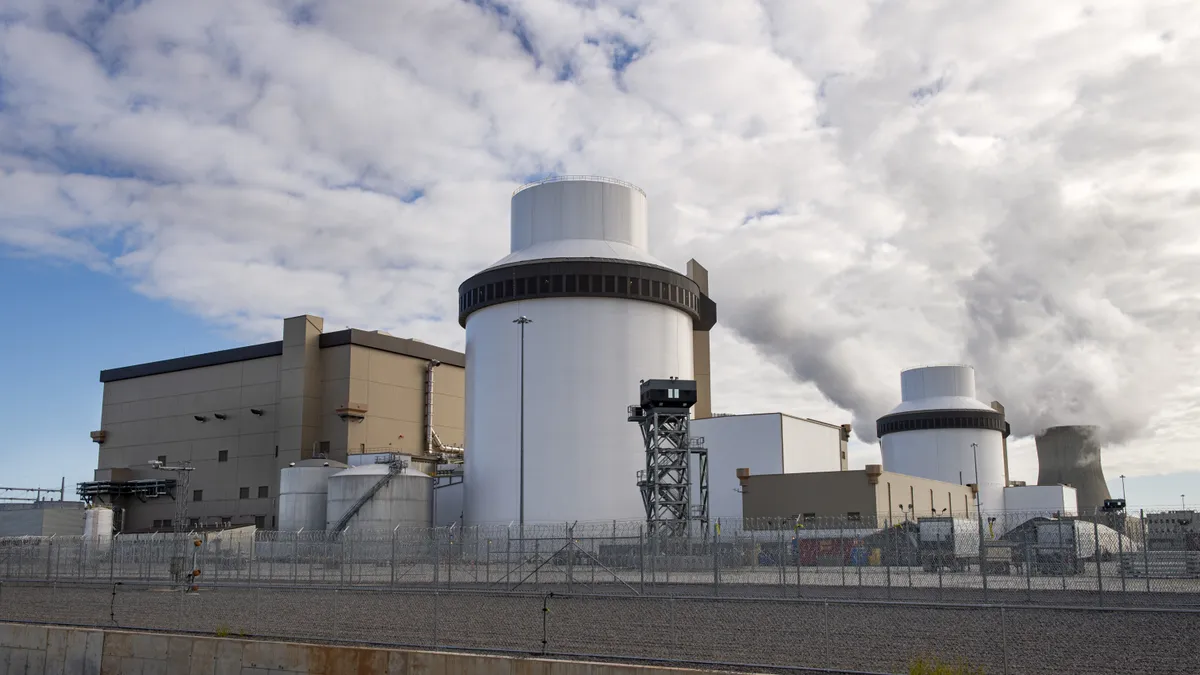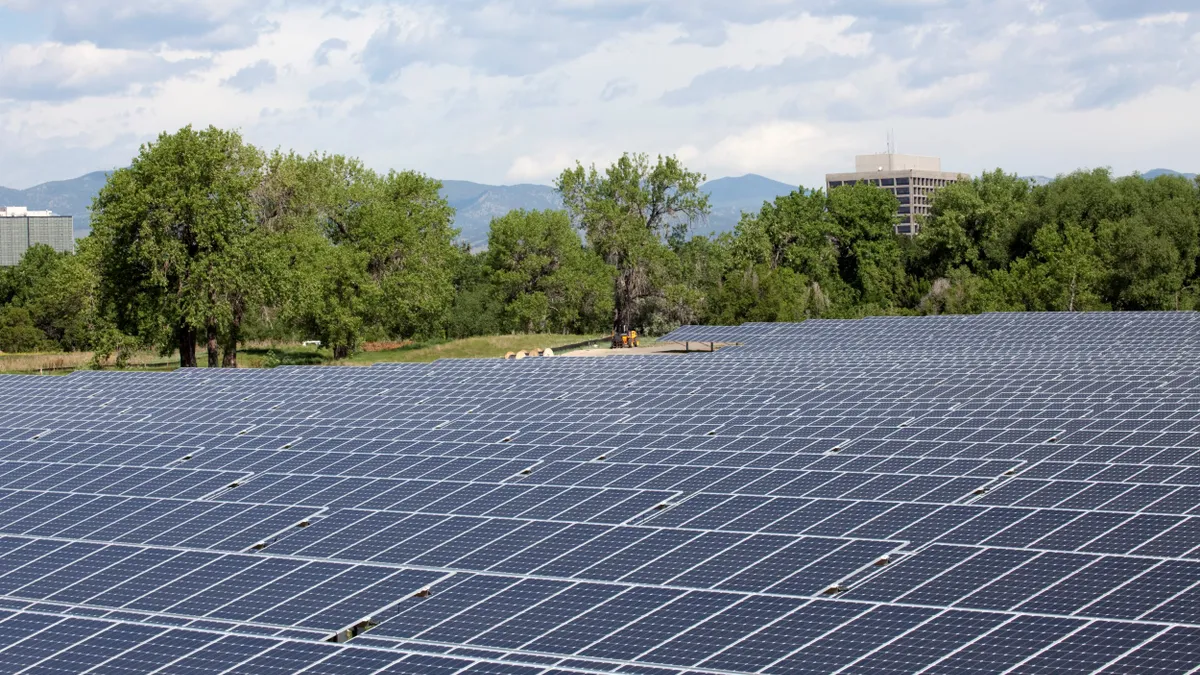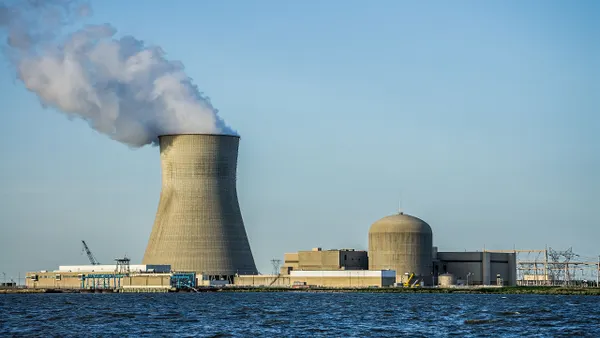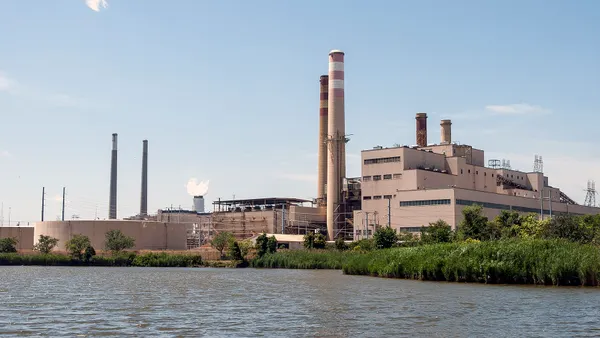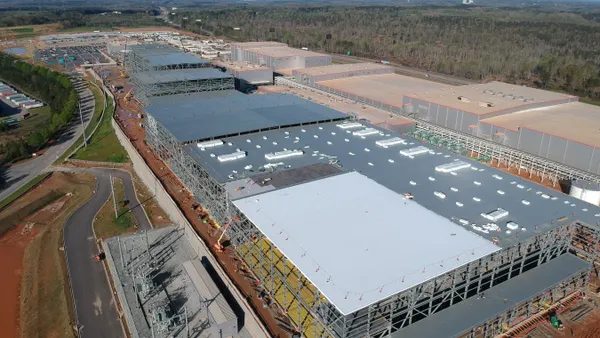Dive Brief:
- A summer heat wave has wiped out a gas surplus and sent commodity prices almost 20% higher than year-ago levels, Bloomberg reports, as shale production has stumbled and cooling load sends demand higher.
- But power prices, which traditionally mirror gas movements, have not reacted sharply. PJM Interconnection's Western hub averaged about $27/MWh the first half of the year—34% below 2015 levels.
- Low power prices are being maintained by stagnant demand growth, with some regions even seeing declines in energy use, according to one analyst.
Dive Insight:
Power prices, often set by natural gas fundamentals, appear to be diverging from their typical valuation, according to analysts at Bloomberg. Though fuel costs have risen sharply and gas often sets power prices as the marginal fuel, electricity costs have not risen.
"The underlying demand for power, the economic-related demand, is continuing to be very weak, maybe declining in a lot of regions,” said Kit Konolige, an analyst at Bloomberg Intelligence. “That makes a significant difference.”
Though natural gas storage operators started the season ahead of the five-year average, higher cooling loads and a slower storage refill rate have ended that boon.
“We’re moving toward a potentially serious deficit in the supply-demand balance for this coming winter,” EBW Analytics Group CEO Andrew Weissman told Bloomberg.
In a report on last year's energy prices, FERC found wholesale electricity prices were down 27% to 35% across the nation compared with 2014, at major trading hubs on a monthly average basis for on-peak hours.
Both PJM Interconnection and Southwest Power Pool reported declining power prices this month. Expanding renewables and cheap natural gas are to blame, according to reports.
As natural gas prices declined, so has the country's appetite for fuel. After decades of coal dominance, the U.S. Energy Information Administration expects gas-fired power's share of the United States energy mix to edge out coal's on an annual basis this year. While coal and gas wound up generating roughly equal amounts of energy last year, EIA says gas is expected to capture 33% of the market in 2016 while coal falls to 32%.




